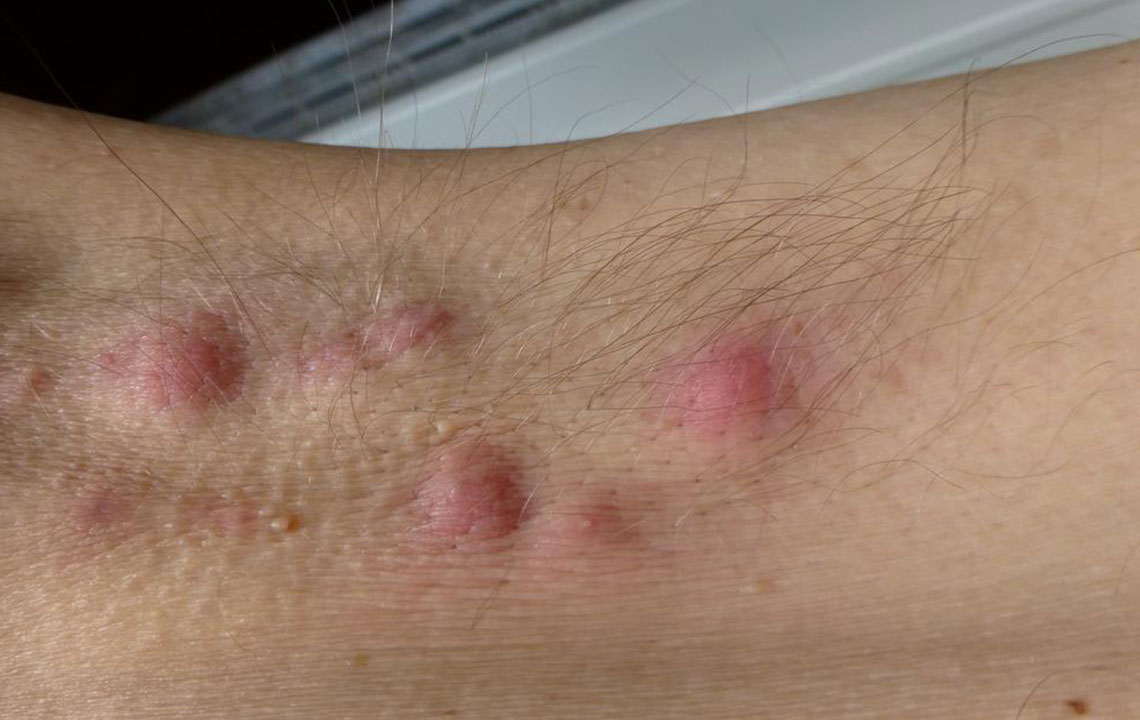What Is An Abscess And The Best Way To Treat It
What is an abscess and the best way to treat it
What is an abscess?
An abscess is a puff-filled cavity in our body. If it is in the brain it is known as brain abscess, if it is in the lungs, it is known as lung abscess. So, based on the location where it is in the body, it is decided what it is called. The area affected with abscess contains a pocket of puss.

An abscess can be felt over the skin as it feels like a squishy lump to touch. This type of condition is widely caused due to infections, and the pus is made up of fluid, bacteria and debris. An abscess is normally very painful and looks gross; it could appear in almost any part of the body. The most common places that it could appear include armpits (axilla), areas around your anus and vagina (Bartholin gland abscess), the base of your spine (pilonidal abscess), around a tooth (a dental abscess), and in your groin. Inflammation around a hair follicle can also lead to the formation of an abscess, which is called a boil (furuncle).
An abscess treatment is not like any other infections that can be cured by taking antibiotics. An abscess has to be taken seriously and removed by draining the pus out for improvement. In some cases, the lump opens up on its own, or it has to be slit opened with the help of a warm compress or by a doctor who treats it with incision and drainage procedure.
Causes of abscess
Poor immune system: When your body’s immune system becomes infected, your body’s immune system tries to fight the infection. White blood cells go to the infected area, collect within the damaged tissue, and caused inflammation. During this process that pus is formed. The pus is a mixture of living and dead white blood cells, germs and dead tissues.
Infections: Bacteria, viruses, parasites and swallowed objects can all lead to an abscess. Skin abscesses are easy to detect, as they appear to be red, raised and painful. Abscesses inside your body may not be obvious and can damage organs, including brain, lungs, and others.
Blocked glands: When oil glands or sweat glands in the skin are blocked or if there is an inflammation of the hair follicles an abscess can be formed. They are also formed due to minor punctures of the skin. This abscessed area becomes sensitive to microbial infection. The germs get under the skin and as an automatic immune response, an inflammation is observed at the abscess site.
Who develops abscess?
People with people with diabetes are mostly affected by abscess. Therefore, the doctor would begin with testing your urine and sugar. In most of the cases, the patient does not get affected by abscess after abscess treatment. If the skin abscess is recurring, then it could be the sign of poor immune system.
The abscess occurs inside the body because the person is seriously ill with some other problem or has an immune system that does not function well.
How to diagnose abscess?
Diagnosis an abscess in the skin or soft tissue is usually done by feeding it or sometimes with an ultrasound of the area. When an abscess is filled with enough fluid, it becomes possible to feel the fluid move around; this is called fluctuance.
A deeper abscess is usually diagnosed through imaging studies like ultrasound, CT or MRI scans. Intravenous imaging contrast can stand out around an abscess. Since the small blood vessels around the abscess remain dilated and leaky due to constant inflammatory response. This is called ring enhancement since it lights up blood vessels around the abscess. There are many abscess treatments available.
Different abscess treatments:
- Incision and drainage procedure: Infections are treated with antibiotics alone, but for antibiotics to work, they need to first reach the bacteria, and that is usually done through the bloodstream. Since abscess does not have blood vessels inside them, the antibiotics can only diffuse into the abscess. That is not very effective especially when dealing with a large abscess. That is why incision and drainage are considered as the most important abscess treatment. Doing this thoroughly is important so that all of the septic parts are removed, and no parts of the abscess remain intact. This process could leave a large empty cavity, which could easily get re-infected. To prevent that from happening the large abscesses that are drained are often packed with gauze in the space until the tissue heals naturally on its own over time. This is one good abscess treatment.
- Surgery: Deeper abscesses sometimes have to be drained with long needles or surgery, depending on the location. Finally, an antibiotic is used to clean or cover the wound so that there could be no additional infection caused by bacteria and kills them if lingering around. This is one good abscess treatment.




